| Released by Paramount Pictures | Directed by Norman Z. McLeod |
Alice in Wonderland: The Exquisite Tragedy of a World Gone Mad
“If everybody minded their own business, the world would go around much faster than it does.”
There are things I miss about the studio system. Imagine you’re Cary Grant. You look like Cary Grant. You’re young, handsome, and on the verge of breaking out big thanks to you parts in a pair of Mae West blockbusters. And the studio, knowing you could be the next big thing, is ready to give you a big push. Then you walk into work one day and they say, here, Mr. Grant, this is what you’re wearing for your next picture:
Isn’t that insane? And picture this: the studio created this picture to try and make money back by filling it to the gills with stars. You have practically every great character actor and actress running around Paramount’s lot at the time here– and completely unrecognizable. This is the equivalent of getting the cast of Grand Hotel to perform the movie in sports mascot costumes, or Orson Welles’ part in The Transformers Movie— I mean, it could make sense from the filmmaker’s level, but it’s just kind of baffling and sad from the outside.
Alice in Wonderland itself is a movie designed by William Cameron Menzies, and designed it feels. The story is simple– Alice is sitting at home, bored during a snowy day and not allowed outside. Well, what’s on the other side of the big living room mirror? She pushes in and finds herself through the looking glass.
Most of the story beats will be familiar to anyone who’s seen any of the many, many adaptations of Lewis Carroll’s public domain work, though the lack of a story may be a little off-putting. Having not read the original nor having seen what I’m sure is the extremely accurate Tim Burton version from a few years ago, I can’t tell you how close the movie is to its source material. But it feels like a book. There’s no driving narrative besides Alice wandering around and bumping into odd characters. There’s no real pull towards any plot, simply skit after skit.
It makes the movie unsatisfying, though several of the many, many segments work rather well. There’s still imbued with the more morbid leanings of childhood stories, so the recreations of the book’s images and stories are gleefully weird and macabre. One animated segment tells the tale of a walrus who lures a number of oyster babies to shore– the oysters have legs somehow– and then the walrus helpfully murders and eats them all.
The transitions and special effects will look rudimentary to modern eyes, but they have exquisite flow. Menzies and director Norman Z. McLeod use state of the art effects and make up to create a truly otherworldly feel. If you want to see a movie that really does seem to slip into the realm of dreams, this one will do it. But that may also be because it’s putting you to sleep.
For all of its gloss and production values, Alice in Wonderland is a chore. If you want to tune it in for one of your favorite stars, skip it. This one is for special effects lovers and academics only.
Gallery
Hover over for controls.
Trivia & Links
- General, random trivia I gathered: the film originally ran 90 minutes as its preview cut, but was chopped down to 76. And, yes, the first four minutes of the film are still spent crediting every one of its stars. Charles Laughton and Bing Crosby were both wanted for roles, but Laughton had scheduling issues and Crosby, sensing a disaster, said no. Charlotte Henry was chosen from a massive casting call of about 7,000 actresses, but unfortunately her career sank with this movie. Oh, and this thing was a box office dud, if you can imagine.
- Recently on TCM, they had a discussion with James Curtis, author of William Cameron Menzies: The Shape of Films to Come about this film. Host Robert Osborne brought out the original script for this film which was massive, due to the fact that it was fully illustrated by Menzies. Check it out:
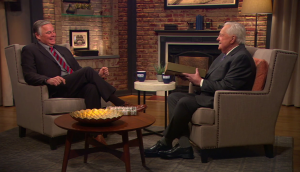
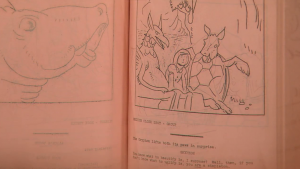
- The film is well covered at CaryGrant.net, which includes several original reviews including the mixed ones from The New York Times and Variety.
- TCMDB is equally baffled by this, and talk about the film’s casting decisions:
Originally, the role of Alice was intended for Ida Lupino but ended up going to Charlotte Henry. […] Fields, despite his bizarre egg-shaped appearance, is easily recognizable by his distinctive voice and is one of the film’s highlights. Straddling a wall with his spindly legs quivering, he makes a particularly grouchy Humpty Dumpty and gets to assail Alice with a long, complaining tirade before his big crackup. Although his role is brief, it gave the Paramount publicity agents a chance to generate interest in his appearance in the film with this press release:
“W.C. Fields, Paramount’s funny screen comedian, dashed out of his Toluca Lake home one morning at a tremendous speed.
‘Help, help!’ ejaculated Mr. Fields loudly, ‘there’s a crazy man in there!’
‘Crazy?’ query the neighbours.
‘He’s trying to measure me for an egg!’ roared Mr. Fields indignantly.’
- Greenbriar Picture Show talks about this one and every other Wonderland movie we’ve gotten, but they also amusingly talk about the horrifying sophistication of Paramount’s marketing skills.
By 1933 and Alice In Wonderland, the machine was sophisticated to levels I’ll bet Disney aspired to when he began organizing the Snow White campaign in 1937. I was lucky enough to come across an Alice pressbook recently. Some of its content decorates this post. Paramount’s merchandising intensity took me back to age seven when the 1961 Babes In Toyland was invading our collective consciousness. The deuce of it is Alice was 1933 when I understood most folks were down on luck and had not disposable dollars for Alice dolls, tea services, soap cakes, play sets, and jewelry. I’m beginning to wonder if that so-called Great Depression was all it was cracked up to be. Movie studios obviously had easier access to public institutions then. Paramount infiltrated schools nationwide via co-ops with The National Council Of Teachers of English which culminated in a contest conducted by instructors to make pupils Alice-aware. Four million school-agers were said to have gotten the memo to see Alice In Wonderland. They will be advised to do that by their teachers, said a confident Paramount.
- Some very, very awful looking posters at Doctor Macro.
Awards, Accolades & Availability
Comment below or join our email subscription list on the sidebar! |
||
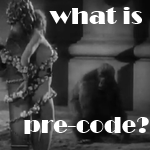 |
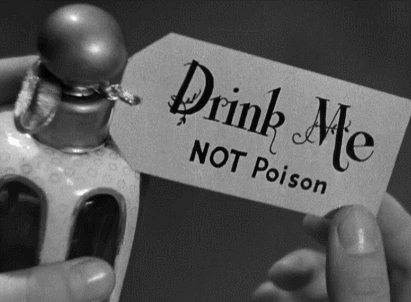 |
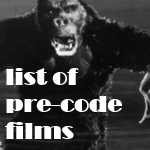 |
 |
 |
|

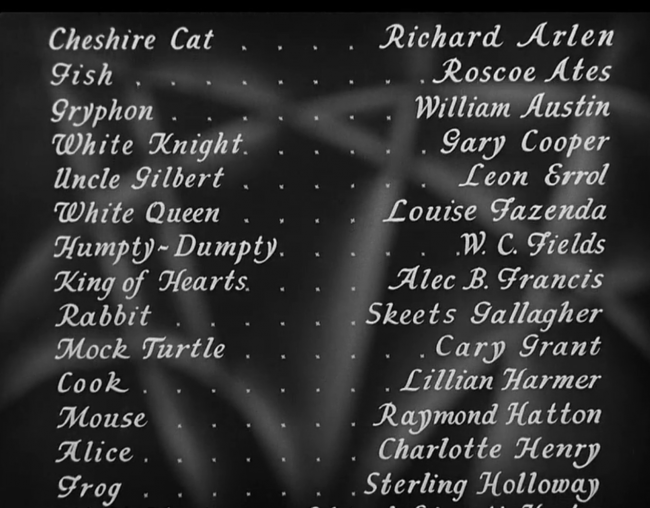
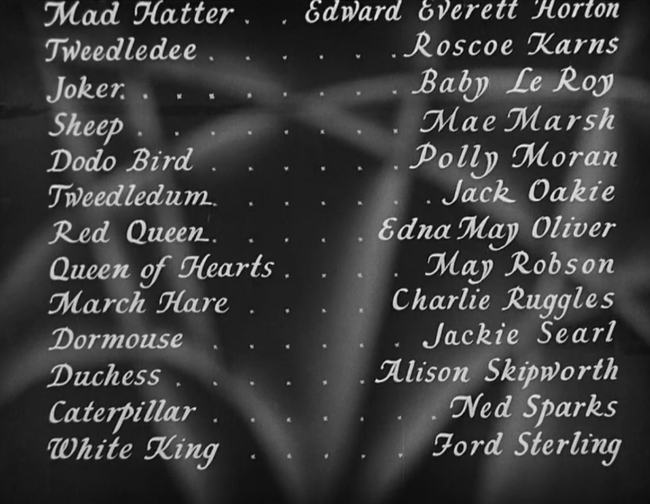
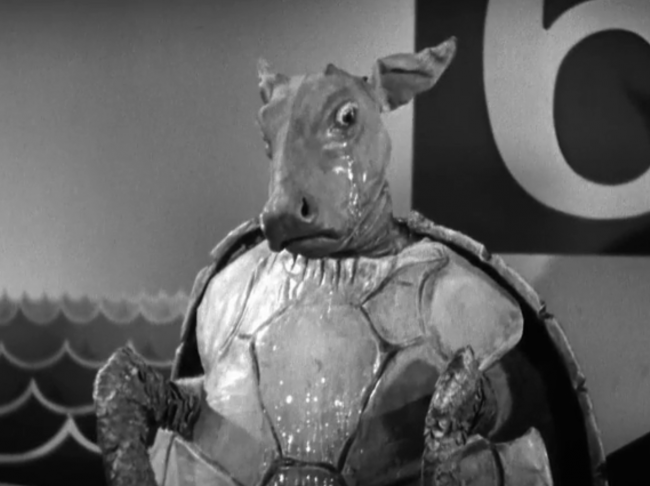
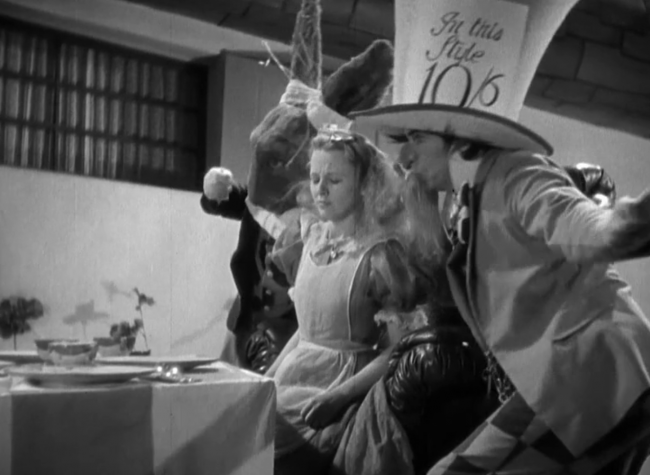
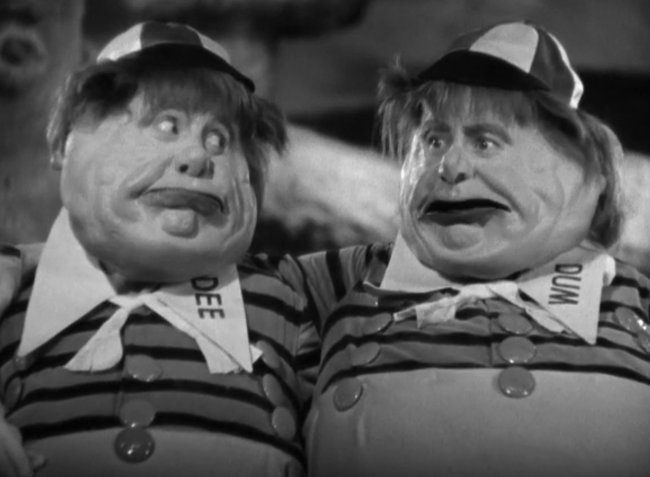
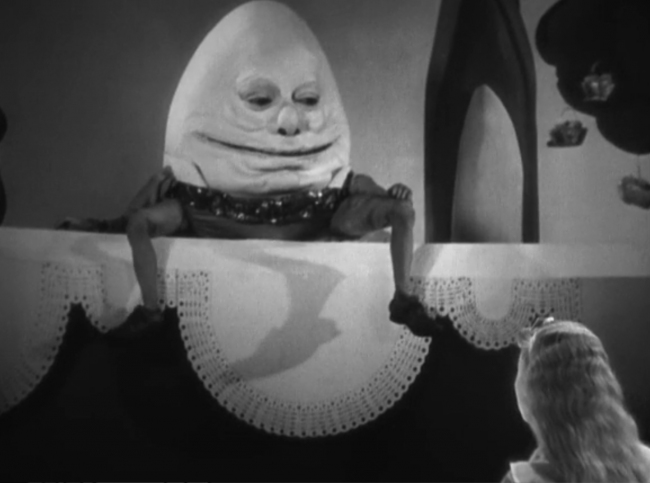



11 Comments
Steve Marinucci · February 29, 2016 at 1:29 am
It’s also on DVD. http://amzn.to/1XT8vcI
As for the film itself, it scared the daylights out of me when I was a kid. It’s interesting now because of all the stars. Didn’t know Bing turned it down. He would have been good.
There have actually been several other interesting versions of “Alice.” I think my favorite is the kind of psychedelic ’66 BBC version with Peter Sellers, Peter Cook and Leo McKern with music by Ravi Shankar, though as a Beatles fan, the later one with Ringo Starr is good, too.
There’s also another from the pre-code era in 1931 with Ruth Gilbert that’s on Amazon. I’m not familiar with that one.
Danny · April 11, 2016 at 1:43 pm
Oooooh, me either. I’ll have to check it out.
nitrateglow · February 29, 2016 at 2:40 am
I don’t think there is a single version of Alice in Wonderland which totally satisfies fans of the book.I’ve not read it, but about the only adaptation I’ve come across and liked is the 1951 Disney film. It may not be super accurate, but at least it has tension and a sense of mad fun. The Burton version is an “edgy” joke and the 1933 film is, as you said, a chore. I personally find it aesthetically unpleasing too.
Danny · April 11, 2016 at 3:55 pm
Yeah. Like I mentioned, I haven’t read the book, but it seems that the real trick is adding a level of tension to the proceedings. I liked the Disney version when I was a kid, but most of the time a lot of adaptations just feel like showy pieces of effects work than coming from a place of a real ‘fresh new spin’.
storytellergirlgrace · February 29, 2016 at 3:35 am
Even though it’s been a decade or so since I last read the books (both “Alice in Wonderland” and “Through the Looking Glass”), it sounds like this version is fairly accurate to the original source material. The books didn’t have much of a plot – both were mostly a series of vignettes, as Alice wanders around Wonderland trying not to feel weirded out. Alice is the main character but not much of a protagonist, because she exerts little influence on the story, and aside from her constant puzzlement, she is influenced very little by the story.
I personally loved the Disney/Tim Burton version from a couple of years ago, in part because they gave it a plot. It’s not at all accurate, except maybe in the overall aura of weirdness, but Burton made it into something with an actual story and character development and such.
It sounds like this 1933 version is true to the weirdness aspect, and maybe even the original text, but I think I’ll skip it. As much as I love Cary Grant and Edward Everett Horton, I don’t really want to see them fully disguised in bizarre costumes.
Matthew Michaluk · February 29, 2016 at 3:39 am
Wonderful Post!
Patricia Nolan-Hall (@CaftanWoman) · February 29, 2016 at 5:32 am
“Chore” is right. I fast-forwarded through the last part of the movie just to say I made it to the end. In the roll call of actors I was puzzled that Ethel Griffies didn’t seem to have a credit as Alice’s nurse/companion at the opening. I keep planning on checking out the books and maybe I will one of these days. It is just that all the movie versions turn me off of the work.
Judy · February 29, 2016 at 5:40 pm
The books are sheer genius, but I think everything that makes them so great, such as all the satirical wordplay, tends to be lost when they are filmed. I haven’t seen this version as yet, though.
Em · March 1, 2016 at 7:32 am
The Burton version is actually one of the least accurate (to the book) aversions I have seen.
Andrew Gilmore · March 5, 2016 at 2:13 pm
I’ve read the book, and it’s very enjoyable. This movie is unwatchable to me- I’ve never managed to sit through the whole thing.
Ryan · May 24, 2016 at 10:06 pm
What’s wrong with “The Walrus and the Carpenter” scene? You clearly haven’t read the books. In my opinion they did a good job adapting the poem to film. It is exactly the same thing that Lewis Carroll wrote in his original “Through the Looking-Glass” book. So, of course it is going to be macabre and weird.
Comments are closed.